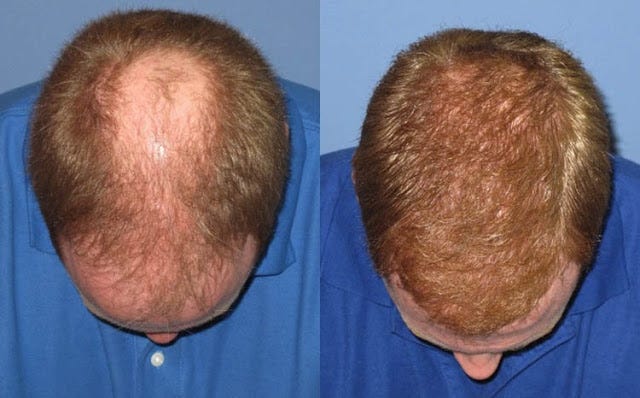A “FUE” hair transplant, also known as Follicular Unit Extraction, is a surgical procedure for hair restoration.
In this procedure, individual hair follicles are harvested from a donor area on the patient’s scalp, typically the back or sides where hair is more resistant to balding, and then transplanted into the recipient area where hair loss has occurred.
The key steps in an FUE hair transplant typically include:
- Consultation: The patient meets with a hair transplant surgeon to discuss their goals, evaluate their hair loss pattern, and determine if they are a suitable candidate for FUE.
- Donor Area Preparation: The donor area, usually the back or sides of the scalp, is shaved and prepared for extraction.
- Extraction: A specialized punch tool extracts individual follicular units containing one to four hairs from the donor area. The extraction process is minimally invasive and leaves tiny, circular scars less noticeable than those from traditional strip harvesting methods.
- Recipient Site Creation: Tiny incisions or holes are made in the recipient area where the hair will be transplanted. The surgeon designs the hairline and determines the distribution and angle of the transplanted follicles to achieve a natural-looking result.
- Transplantation: The extracted follicular units are carefully implanted into the recipient sites using forceps or implantation devices.
- Post-Transplant Care: After the procedure, patients are provided with instructions on how to care for their scalp and newly transplanted hair. There is usually a healing and recovery period during which the transplanted hair sheds before new growth begins.
FUE hair transplant procedures are known for their ability to create natural-looking results with minimal scarring and downtime compared to traditional strip harvesting methods.
However, it’s essential for patients to have realistic expectations and understand that results may vary depending on factors such as the extent of hair loss, the quality of donor hair, and individual healing processes.
Consulting with a qualified hair transplant surgeon is crucial to determine the most suitable treatment plan based on the patient’s unique needs and goals.

